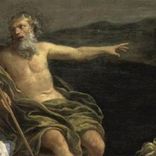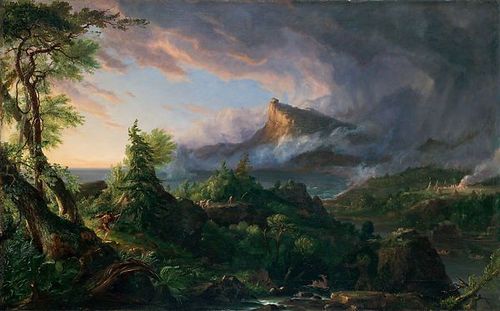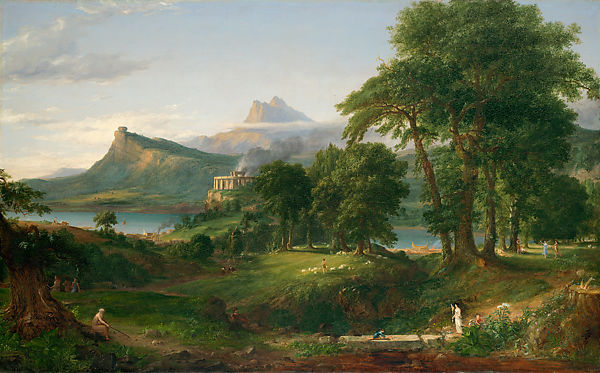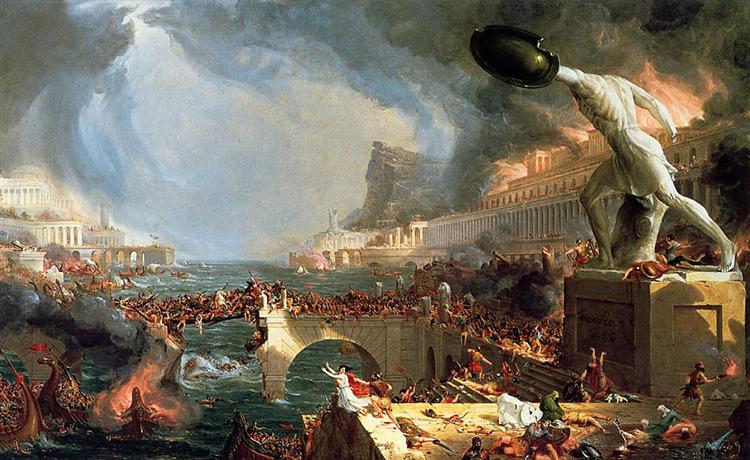Quick Roman Empire history: from the Savage State to Desolation

Jenn К
author of all this stuff
The Roman Empire lasted more than a thousand years. Having begun to form during the Caesars-Augustus dynasty at the very beginning of the first millennium AD, it ceased to exist in the middle of the 15th century after the capture of Constantinople by the Turks.
When talking about the Roman Empire, they usually forget that in the 4th century, it was divided into Western (Rome) and Eastern (Constantinople). Accordingly, in the V century, during the deposition of the emperor Romulus Augustulus, only the western part ceased to exist.
The Eastern Roman Empire continued to exist. Its inhabitants called themselves Romans; for a long time, Latin remained the official language, and all sorts of Lombards and Franks were seen as invaders of the provinces belonging to Constantinople or as allies (federates) who received temporary permission to live there. Considering the western territories as their own, the Roman Empire sought to return them, or at least to keep them.
With the light hand of the chroniclers of Charlemagne, we call it "Byzantium", but historically it is the real Roman Empire, which, of course, has been greatly transformed over a millennium, gradually lost all its lands and former power, finally parted with ancient culture and disappeared from political map.

Rome did not become a great empire "once," but as a result of an extremely long and fierce struggle for existence. The era of the Kingdom of Rome is almost a daily struggle for survival on the Apennine Peninsula.
But how and why did it last so long? Firstly, the expansion and subsequent pacification of the Roman Empire was effective; First of all, the success of the Roman Empire was not represented by large-scale expansion, but by successful control over the conquered territory. The general administration was flexible in order to minimize possible resistance.

Secondly, the subjects did not exert strong pressure on Roman rule. In addition, a strong culture was formed in Rome, uniting a group of elites and providing an assimilating structure, granting citizenship to the just defeated and recruiting people to the merits of the ruling class.
These factors of Roman rule, if not all, constituted the effectiveness of imperial control over the vast territory of the empire.
The longevity of Rome was the result of a number of reasons that together contributed to the creation of a wonderful long-lived regime that still attracts attention today. This balance of internal forces led to constant stability, which would inevitably worsen on its own, but its destruction required a destructive external force.

Jenn К
Author bio: author of all this stuff
